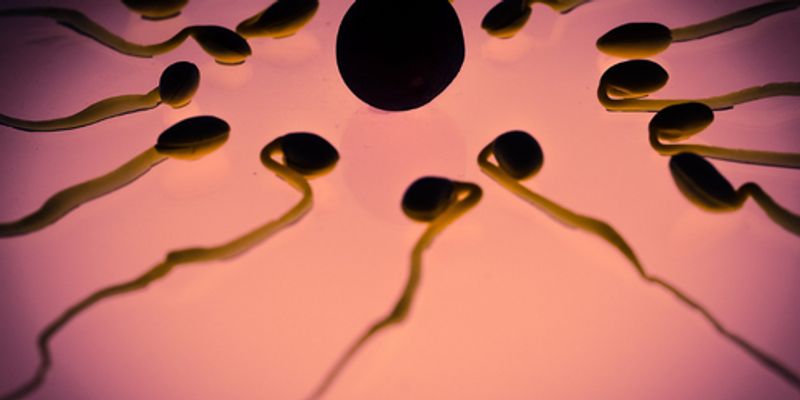Sperm
Sperm, also known as spermatozoon, is a male reproductive cell. Sperm cells are formed during a biological process known as spermatogenesis which includes meiosis during which the chromosome number is cut in half. In most animals, sperm cells develop a tail known as flagellum which allows mobility. When a sperm cell fuses with an egg cell, a female reproductive cell, during fertilization, a new organism develops.
-
Learning Objectives: 1. Molecular basis of microhaplotypes 2. Informativeness and power of discrimination of microhaplotypes 3. Mixture deconvolution via microhaplotypes...
SEP 24, 2019 | 9:00 AM
DATE: September 24, 2019TIME: 9:00am PDTThis webinar will cover the basics of the Milo Single-Cell Western blot (SCW) and RNAScope single-molecule fluorescence RNA In situ hybridizati...
Contractile non-muscle cells, including smooth muscle and myoepithelial cells, provide the mechanical forces required for tissue homeostasis in numerous organ systems. For example, smooth mus...
DATE: February 8, 2017TIME: 6:00am PT, 9:00am ETDevelopment of assisted reproductive technologies in the dog has lagged behind many other domestic and laboratory animal species, due in...
Speaker:
Jennifer Nagashima, PhD
Presented at: Laboratory Animal Sciences Virtual Event Series 2017
With the development of the XLA/XLI analytical ultracentrifuges and their exquisitely sensitive optics that can accurately detect absorbance signals in the range of 0.005 A to 1.5 A. and diff...
Speaker:
John Burgner, PhD
Presented at: Beckman Coulter Life Sciences Virtual Trade Show
Sponsored By: Beckman Coulter Life Sciences, Beckman Coulter Life Sciences
Sponsored By: Beckman Coulter Life Sciences, Beckman Coulter Life Sciences
FEB 05, 2015 | 7:30 AM
C.E. CREDITS
Fish are vertebrates but they are physiologically and psychologically different from mammals. This presentation will try to explain their differences from mammals and the different aspects t...
The popularity reached by the genetic manipulation of laboratory animals to create new models for studying human diseases, produced in turn, that the techniques for assisted reproduction cons...
Speaker:
Jorge Sztein, DVM, PhD
Presented at: Laboratory Animal Sciences Virtual Event Series 2014
Although a growing body of evidence indicates that environmental enrichment (EE) facilitates normal development and behaviour in laboratory mice, few studies were conducted to demonstrate it...
Non-surgical transfer techniques for mouse embryos and sperm provide animal welfare benefits for assisted reproduction of mice. While surgical embryo transfer (ET) is an effective method for...
OCT 16, 2013 | 3:00 PM
C.E. CREDITS
Deregulation of ACK1, a non-receptor tyrosine kinase originally identified by its ability to bind to GTP-bound Cdc42 (hence the name: activated Cdc42-associated kinase)(Manser et al., 1993),...
Speaker:
Henry Chang, PhD










